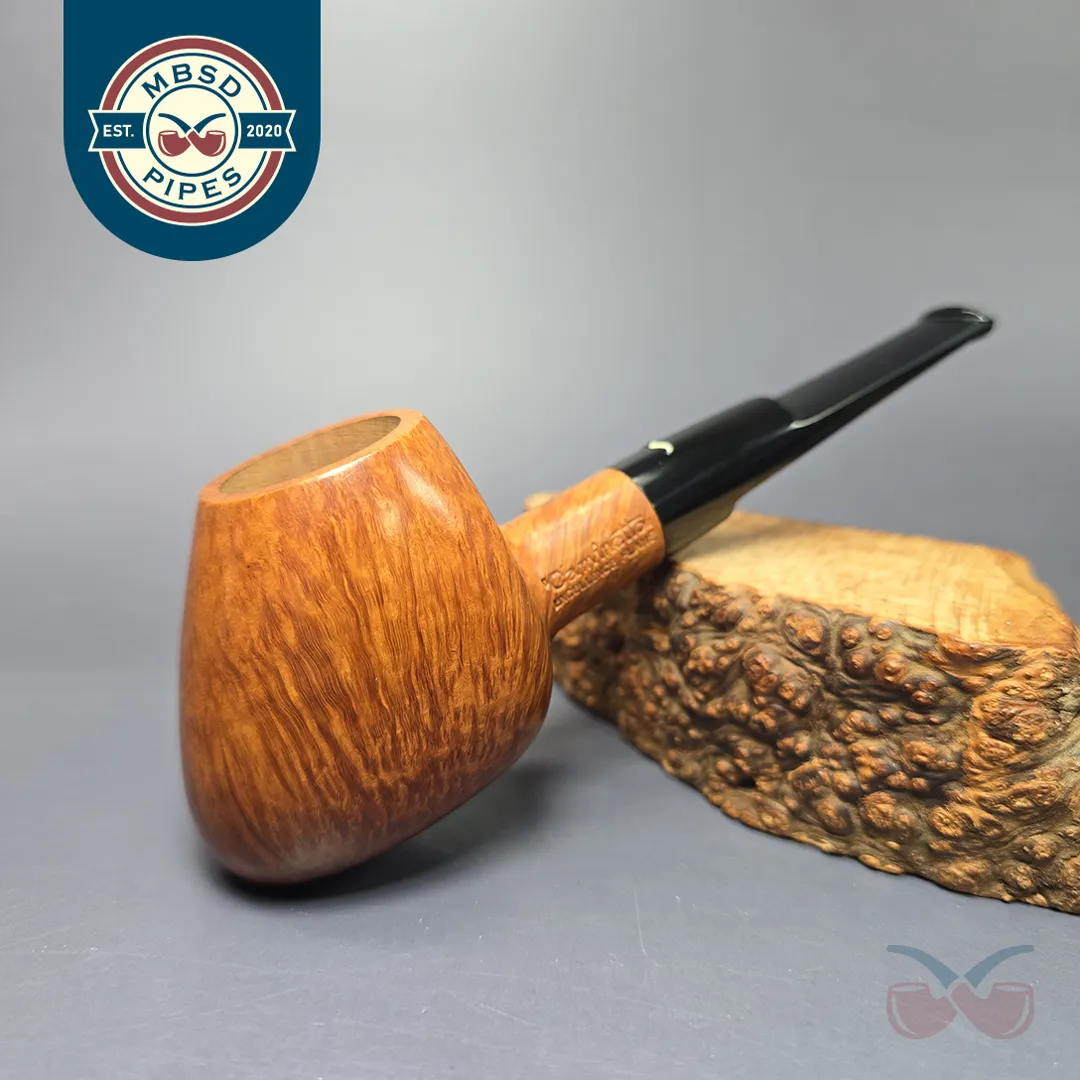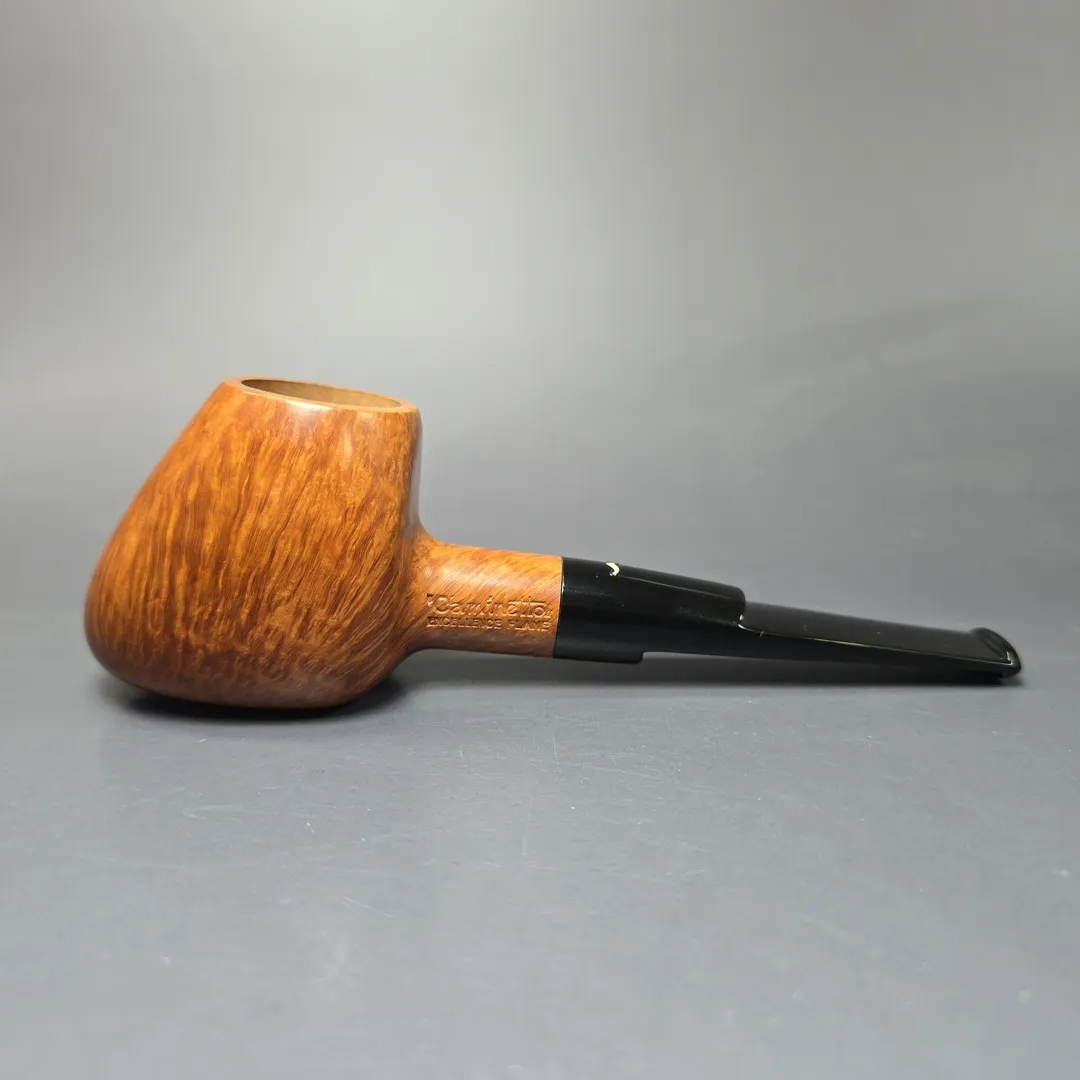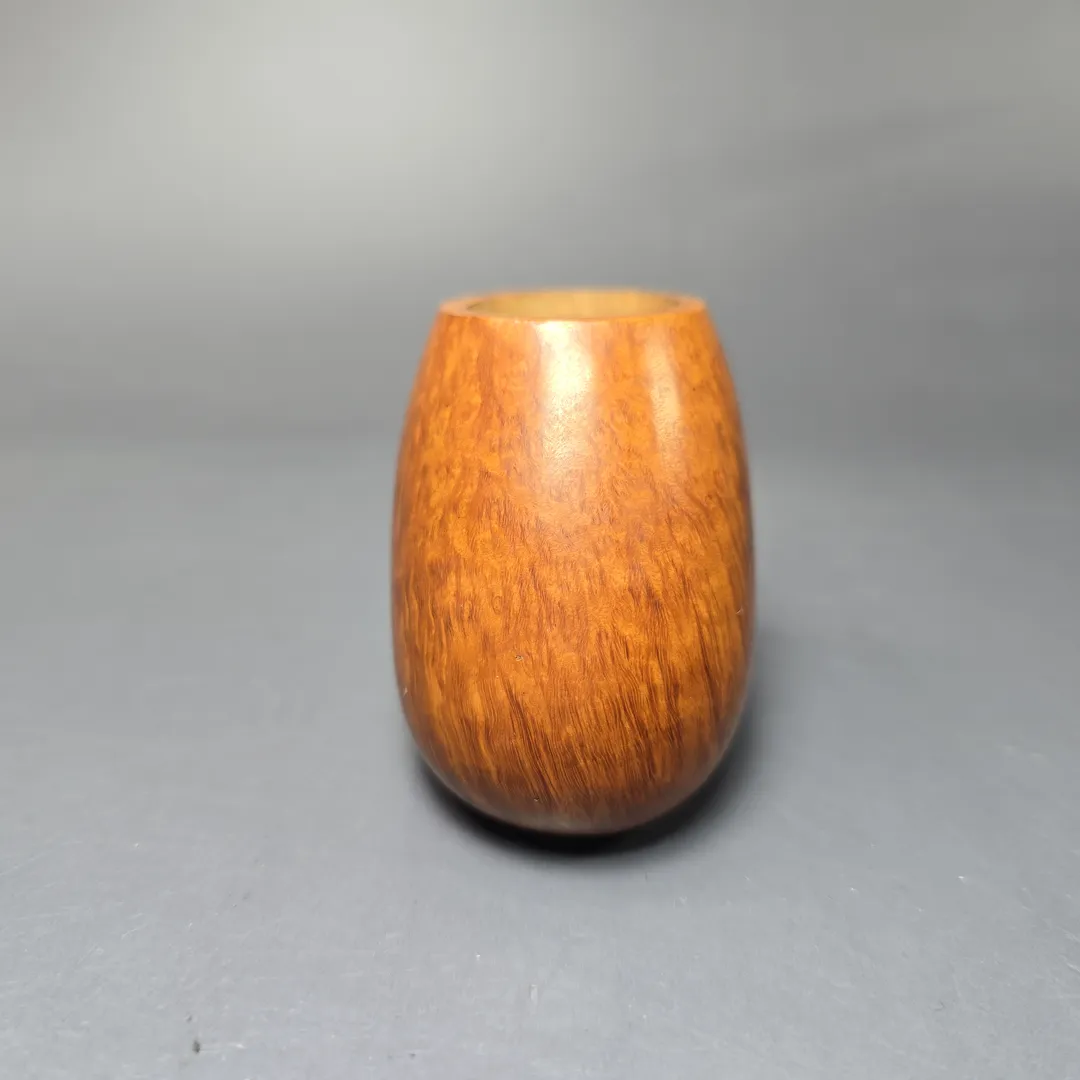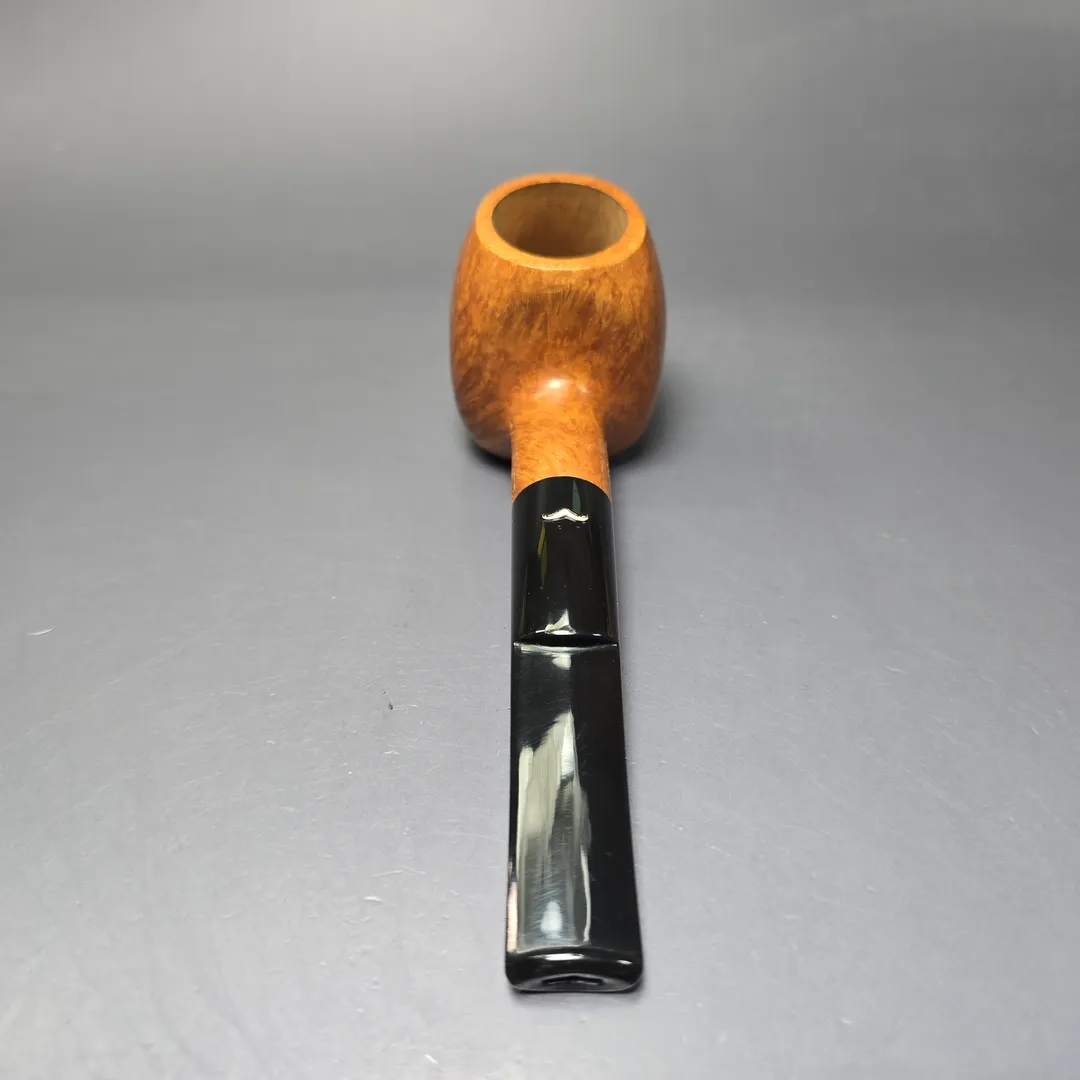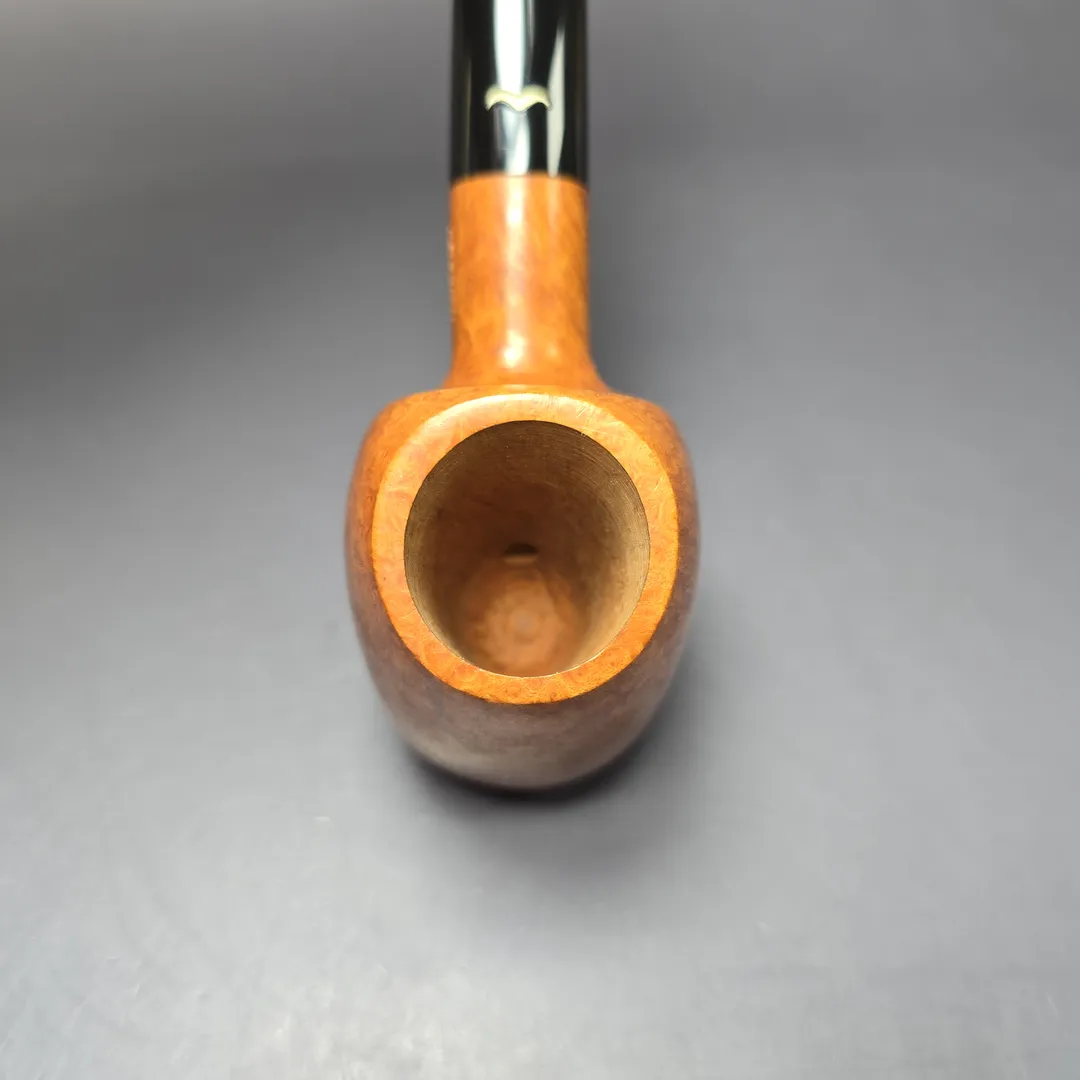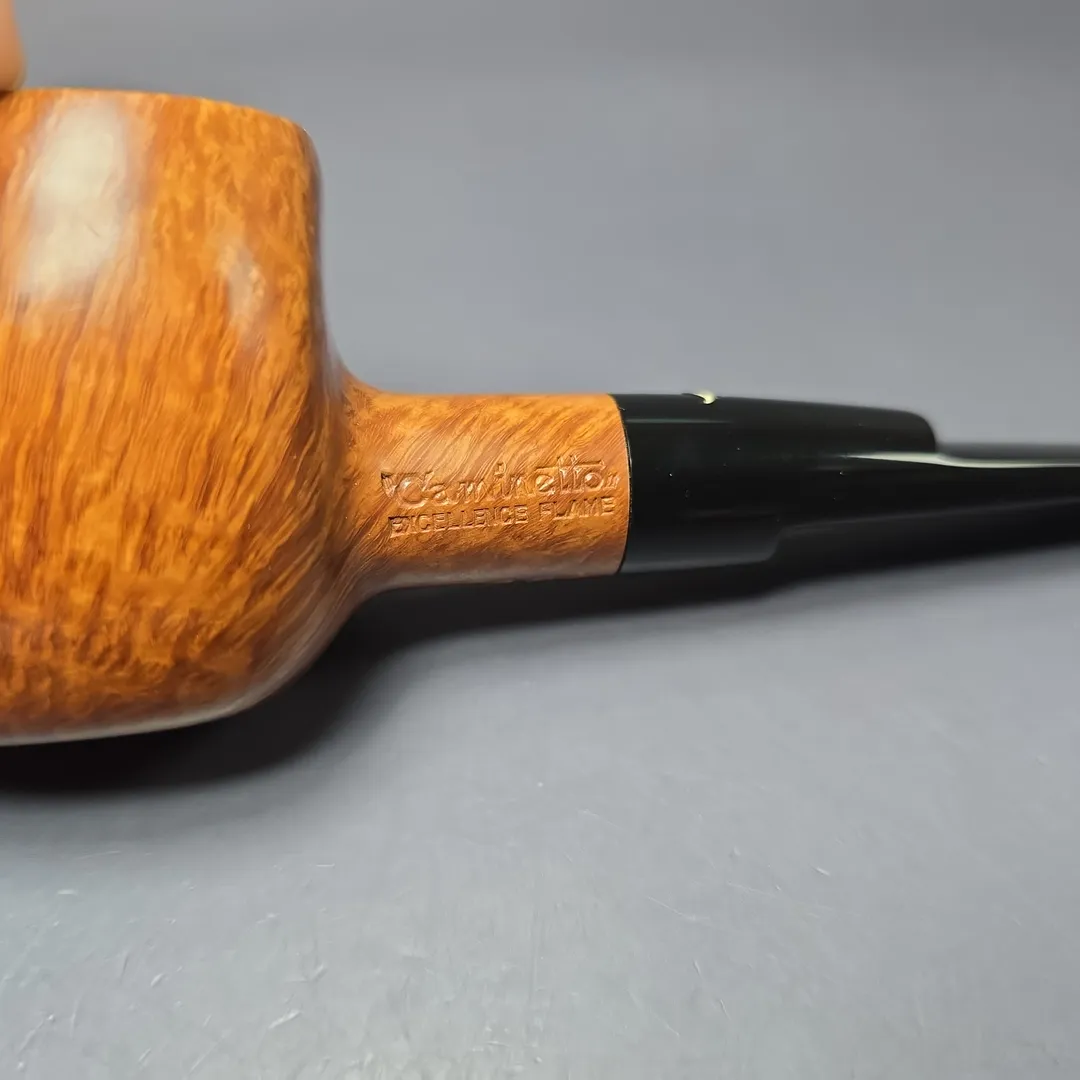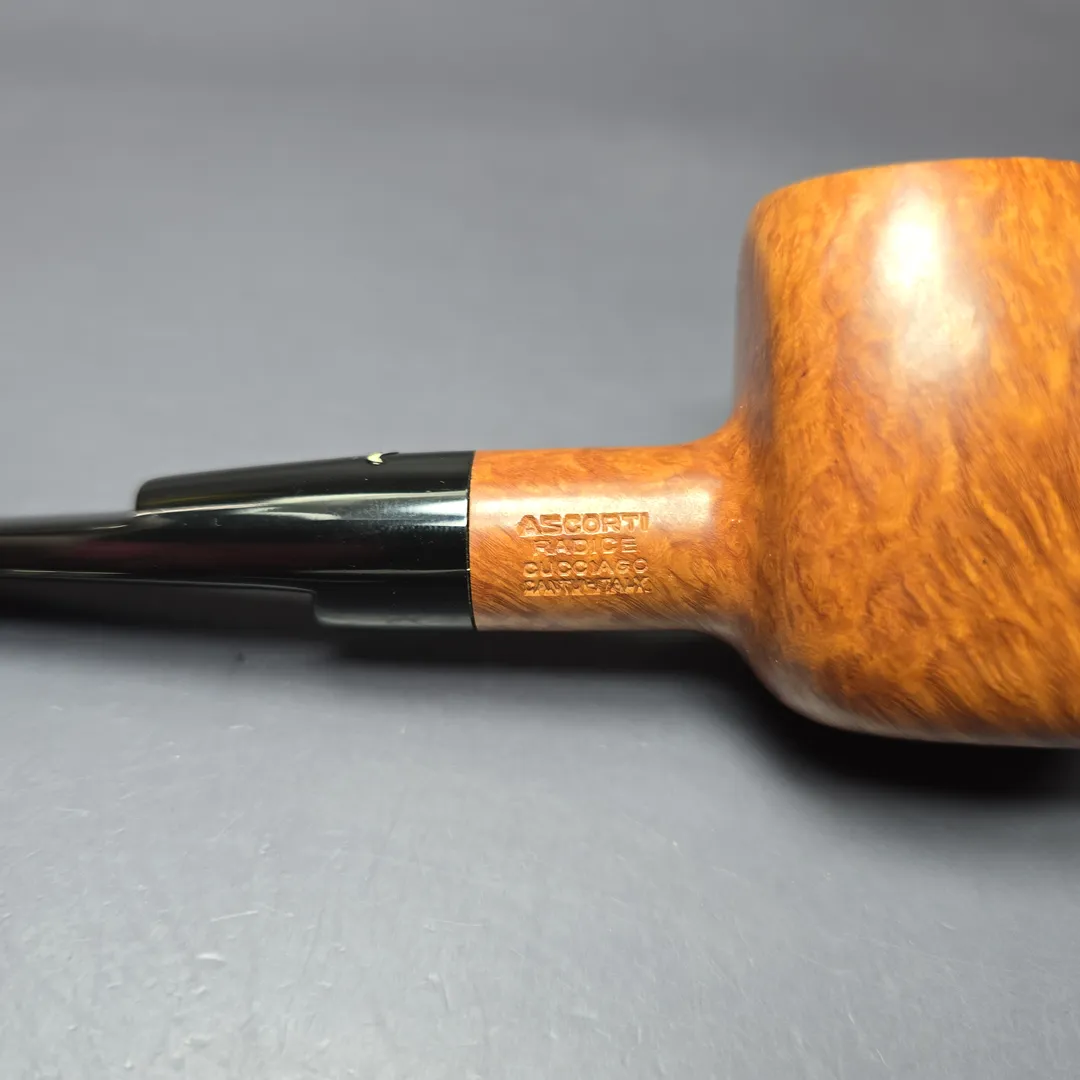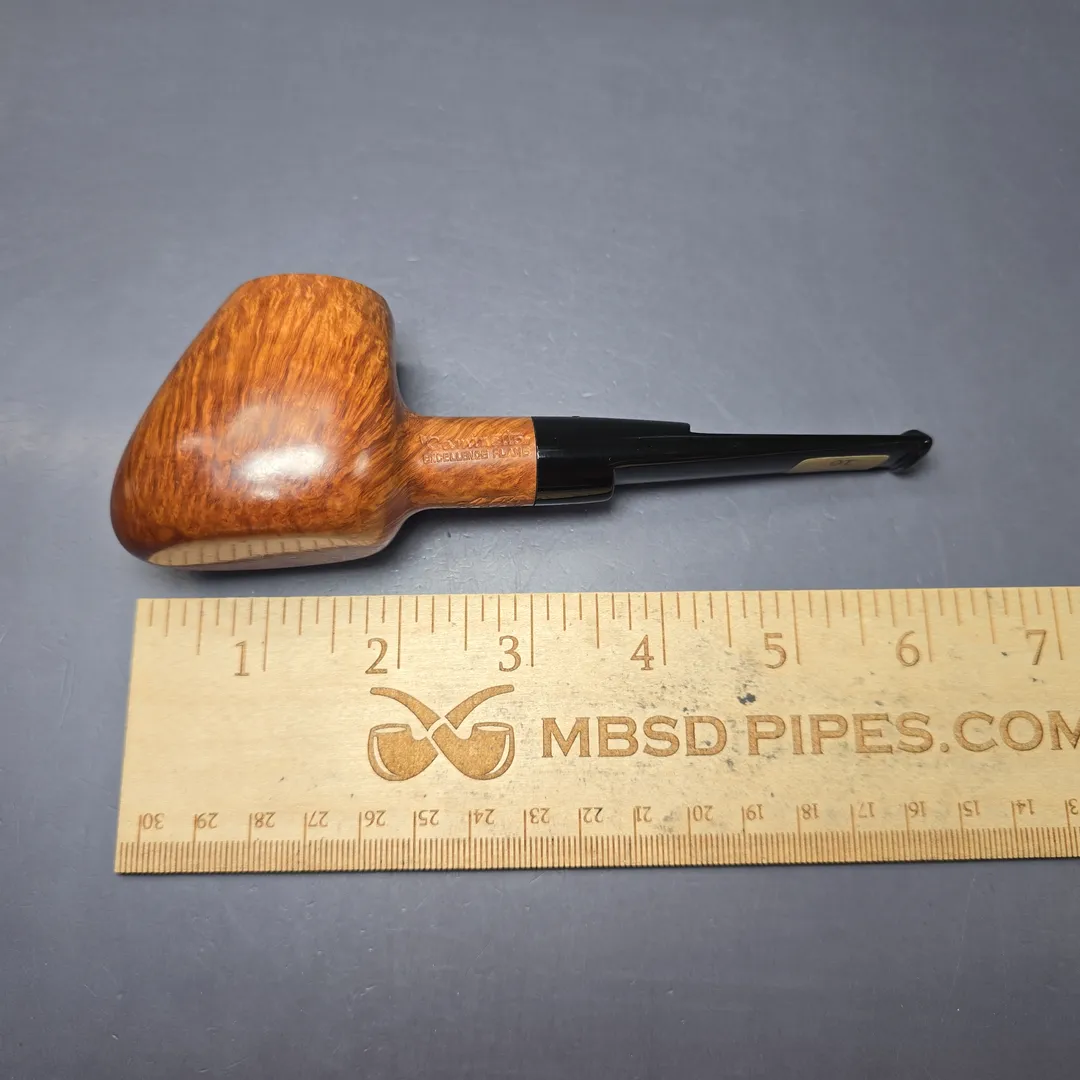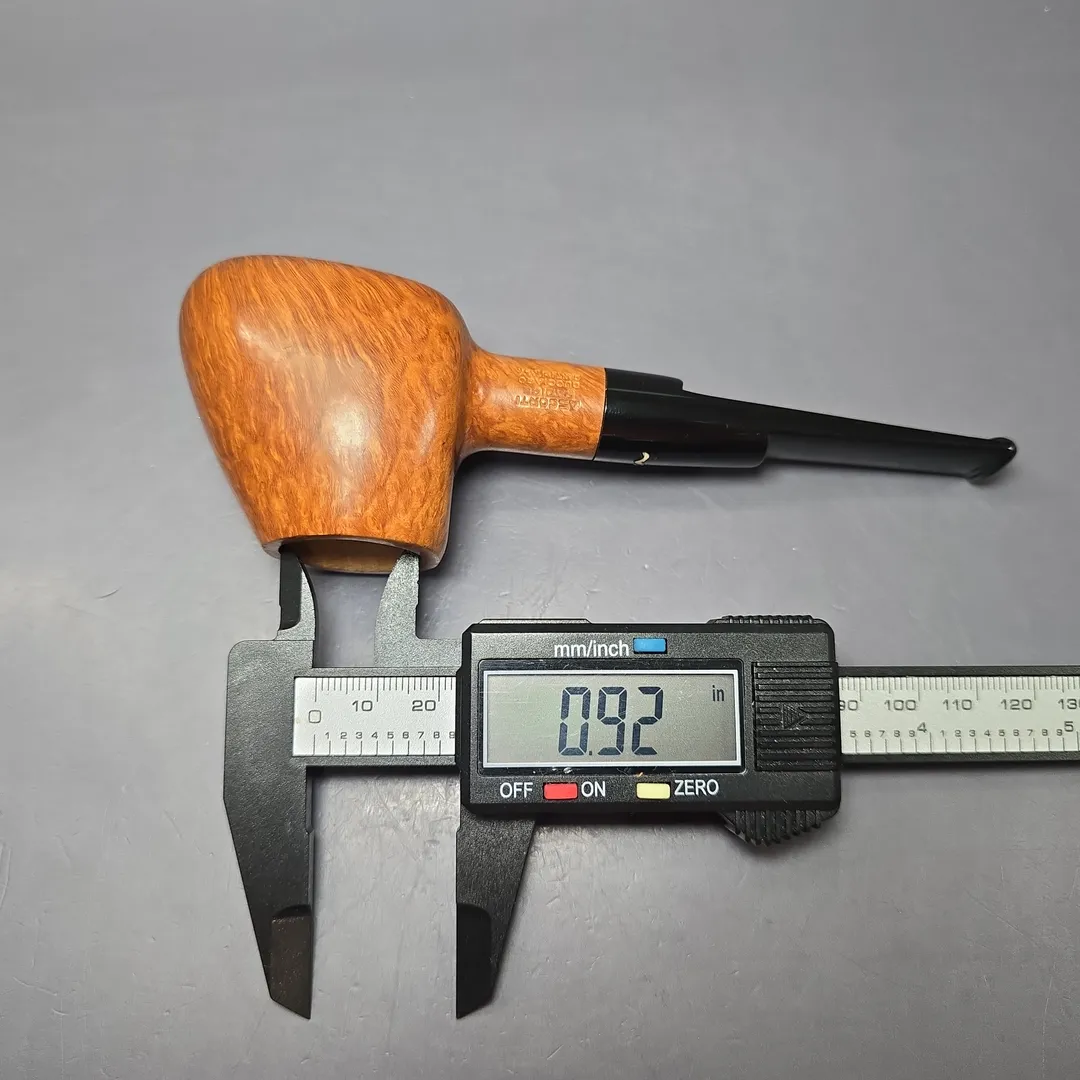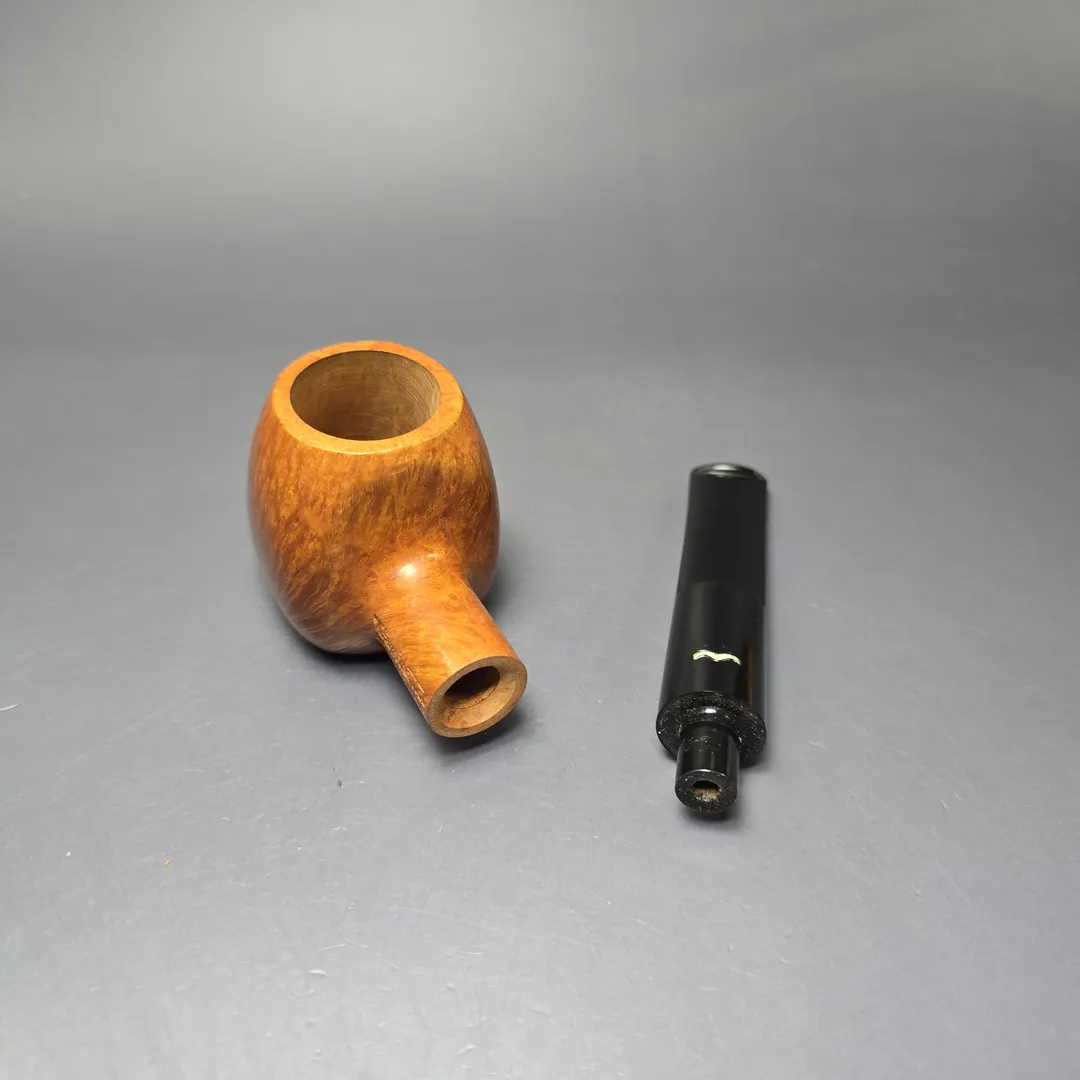Caminetto Ascorti Radice Era Excellence Flame Smooth Volcano Estate Briar Pipe, Unsmoked
Out of stock
Description
Caminetto was, and is to this day, a decisive figure in the history of Italy’s pipe workshop tradition. After spending time developing their skills in the Castello workshop, Guiseppe Ascorti and Luigi Radice left to found their own venture, which they named, “Caminetto.” Here, Ascorti and Radice were able to create their own now-classic shapes and finishes, such as the rusticated “Business,” and the carved, wax-drip “New Dear.”
Among the pipes that have come out of the Caminetto workshop over the last half-century, there is one subset that has become a singular focus for collectors, perhaps more so than any other. That subset is early Caminetto pipes or, rather, the earliest Caminetto pipes. These pipes belong to what has come to be known as the “Ascorti Radice,” or “Ascorti/Radice” era, for reasons that will soon become apparent.
Caminetto was founded around 1968, beginning as a small workshop with Guiseppe Ascorti and Luigi Radice as its principal pipe makers. A third individual, Gianni Davoli, entered the picture shortly thereafter, acting as a distributor and sales representative for Ascorti and Radice’s pipes. These pipes were incredibly successful, leading to expansions of the workshop and, ultimately, a production model that didn’t suit either of its founders. While the workshop was by no means a factory in the traditional sense, the manufacturing of Caminetto pipes was standardized and compartmentalized, meaning Ascorti and Radice didn’t have the same control over the pipes they made as had been the case when they started. The stamping of the pipes is typically taken to be reflective of this, with the earliest Caminetto pipes bearing the names of Ascorti and Radice, and later pipes dropping this convention (even while the two were still an integral part of the workshop).
This particular pipe is a doubly rare example of an Ascorti/Radice era Caminetto, and one of the especially high grade Excellence Flame grades from that time. Aside from its asymmetric saddle stem, it is quite unlike anything the workshop would later produce (the shape 105 being the closest, though still very different, example). Distinguished by its excellent flame grain, soft panels, and its passing resemblance to the Castello shape 55, it is a remarkable piece, and one of the most interesting Italian pipes to have graced our shop thus far.
This pipe is completely unsmoked.
Details:
Length: 6.0″ / 152.4mm
Bowl Width: 0.92 / 23.36mm
Bowl Depth: 1.56″ / 39.62mm
Weight: 1.9oz / 56g
Additional information
| Weight | 15 oz |
|---|
| Condition | Used |
|---|---|
| Notes | Unsmoked estate. |

